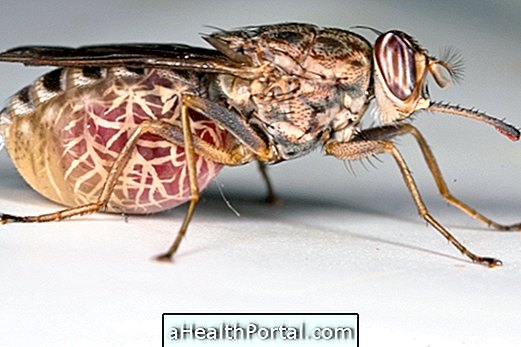In cutaneous lupus erythematosus and systemic lupus, the skin becomes more sensitive to burns and lesions caused by the sun and UV rays, thus increasing the chances of skin cancer. Therefore, any change in an existing stain or sign, such as color change, shape or size increase, should be reviewed by the dermatologist.
In addition, injuries caused by lupus should always be protected from sunlight to avoid sun-induced changes and should be protected with sunscreen and covered with clothing.
How to protect yourself from skin cancer

To reduce the risk of developing skin cancer, in addition to avoiding exposure to the sun in the hottest hours, you should also use a daily sunscreen of at least SPF 30, applying before leaving the house in parts of the body that are not covered by the skin. clothing such as face, lap, arms and legs.
Another important care is to wear a hat or cap, especially in the summer, to protect the scalp from the sun's aggression, being important when you walk a lot of time in the street or when you go to the beach, for example.
Investing in foods that have photoprotective action such as papaya and apple jam with ginger and green tea also helps prevent the onset of cancer because these foods protect the skin from the sun, although it does not rule out the need to use sunscreen.
Check out other tips like this in the video with our nutritionist Tatiana Zanin:

If you have lupus and have noticed changes in signs, spots or spots and if they are irregular, have different colors or if your diameter is more than 6 millimeters, you should make an appointment with the dermatologist as soon as possible. Read here how to protect yourself from sun damage and how to diagnose and treat skin cancer.























